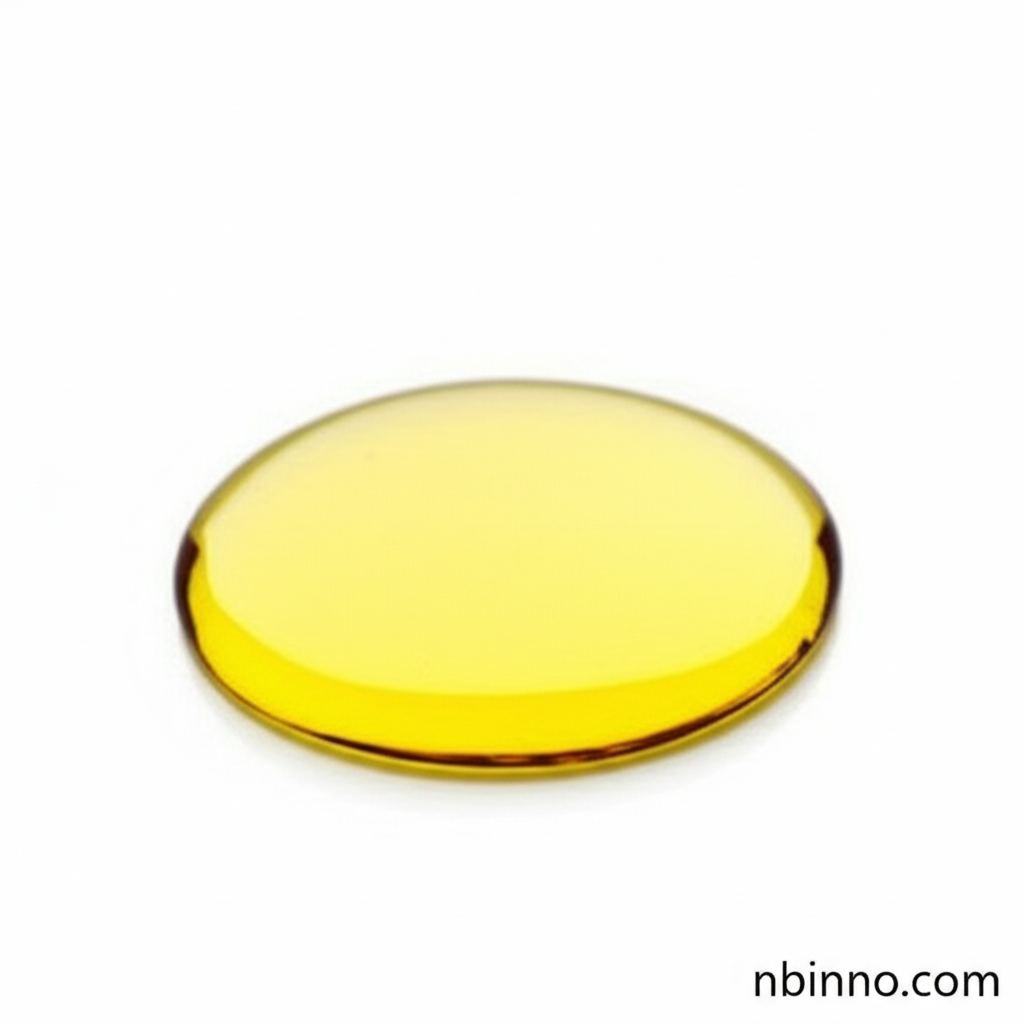Discover High-Performance Polychlorinated Biphenyls (PCBs)
Explore the properties and applications of Polychlorinated Biphenyls (PCBs), versatile industrial chemicals with exceptional stability and resistance. Learn about their historical significance and current status from a trusted manufacturer and supplier.
Get a Quote & SampleUnveiling the Utility and Impact of PCBs

Polychlorinated Biphenyls (PCBs)
As a leading supplier of fine chemicals, we offer insights into Polychlorinated Biphenyls (PCBs). These compounds were historically valued for their superior chemical stability, non-flammability, and excellent electrical insulating properties. While their use is now heavily regulated due to environmental persistence, understanding their applications and properties is crucial for managing legacy materials and informing new chemical development. If you're looking to buy PCBs or understand their historical applications, we are your reliable manufacturer and supplier.
- Explore the physical and chemical properties of PCBs, understanding their low volatility and high thermal conductivity for various industrial uses.
- Learn about the diverse applications of PCBs, from electrical transformers and capacitors to plasticizers and carbonless copy paper, as documented by reputable sources.
- Understand the critical environmental and health concerns associated with PCBs, including their persistence and bioaccumulation, guiding responsible handling and disposal.
- Stay informed on global regulations and historical context surrounding PCBs, ensuring compliance and best practices when dealing with these substances.
Key Characteristics of PCBs
Exceptional Chemical Stability
PCBs exhibit remarkable resistance to acids, bases, oxidation, and temperature changes, making them durable for demanding industrial applications. Discover why understanding these properties is vital for managing legacy chemical inventories.
High Dielectric and Heat Transfer Properties
Their effectiveness as electrical insulators and heat transfer fluids was a primary reason for their widespread adoption in electrical equipment. We provide details on the technical specifications that made PCBs desirable.
Environmental Persistence and Bioaccumulation
While beneficial for industrial longevity, the persistence and tendency of PCBs to bioaccumulate in ecosystems and organisms are significant concerns, driving stringent regulations and cleanup efforts. Learn how to identify and manage these legacy chemicals responsibly.
Historical Applications of PCBs
Electrical Equipment
PCBs were extensively used as dielectric and coolant fluids in transformers and capacitors, contributing to the reliability of electrical systems. Explore how these applications have shaped industrial history.
Plasticizers and Coatings
Their use as plasticizers in paints, plastics, and adhesives enhanced flexibility and durability. Understand the role of PCBs in material science development and their subsequent environmental impact.
Carbonless Copy Paper
A notable open application was in carbonless copy paper, showcasing the versatility of PCBs in everyday industrial products. Investigate this historical use and its implications.
Lubricants and Hydraulic Fluids
PCBs also served as lubricants and hydraulic fluids due to their thermal stability and resistance to degradation, highlighting their broad industrial utility.
